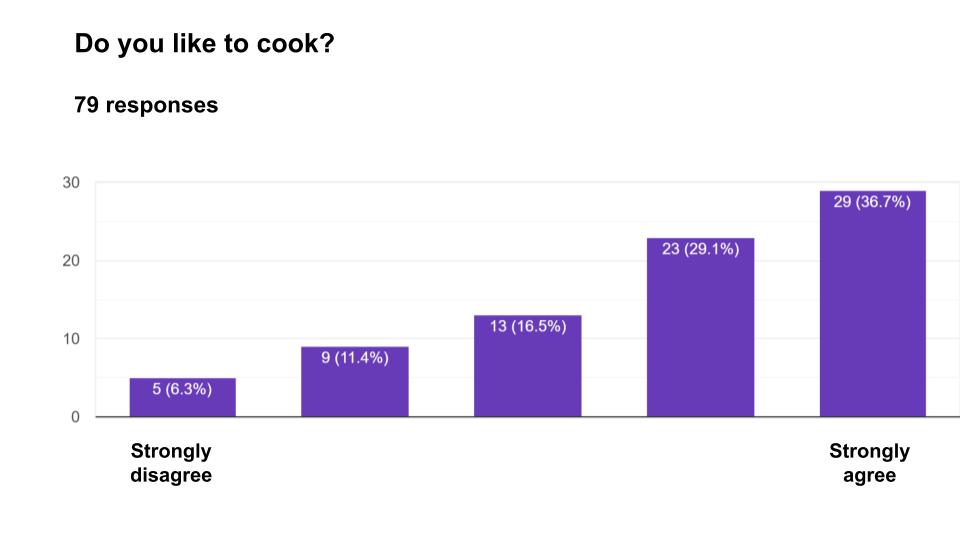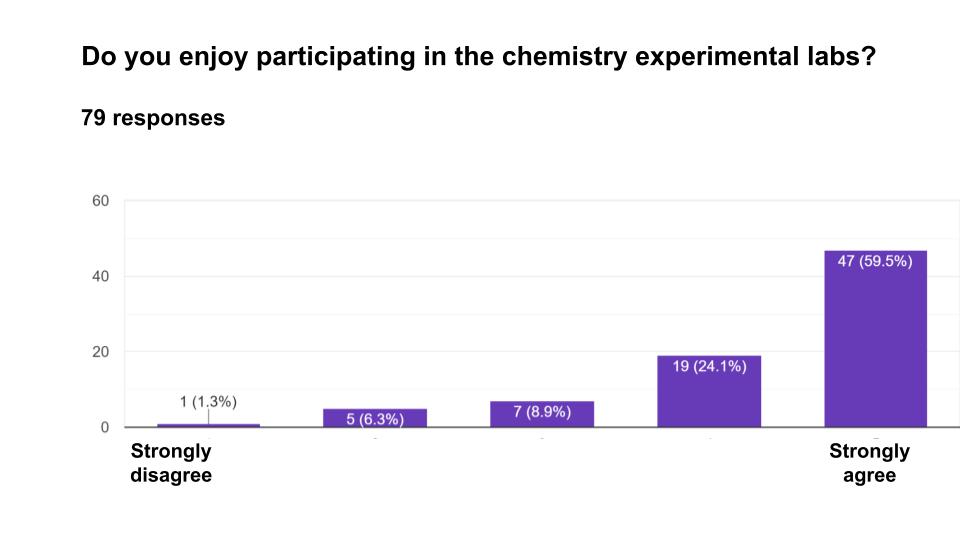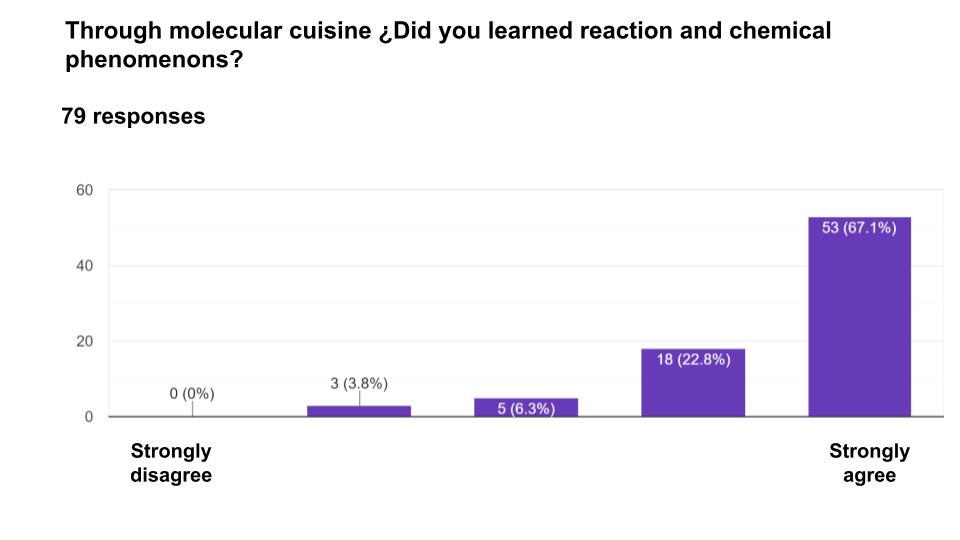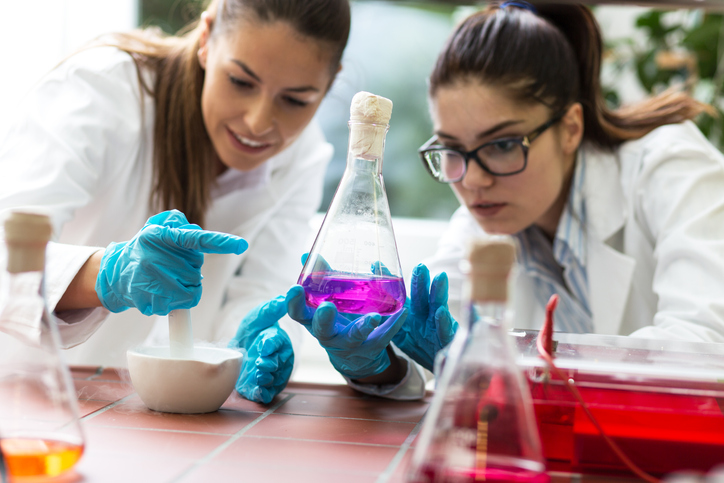Studying experimental sciences such as chemistry may seem complicated and of little interest to students. Therefore, we must encourage the teaching and learning of chemistry in contexts close to reality, including daily life activities that students recognize, for example, cooking food. In the kitchen, physical and chemical transformations occur in the preparation of a dish, and we can explain what happens in the preparation of food, known as molecular gastronomy. This discipline has its foundations in chemistry and can be carried out in a laboratory with special equipment and readily available reagents suitable for food use.
In the Morelia Prepa Tec campus, we use molecular gastronomy as an innovative didactic proposal for teaching a chemistry subject called “Matter and Sustainability.” The project’s name is “Science Base Cooking R-evolution-molecule-R.” We designed different contents throughout the project. Addressing topics like food pH, hydrocolloids, macromolecules, protein denaturation, gelling, lyophilization, and fermentation, among other topics. The activities provoke students’ curiosity, animate them to question the phenomena they observe, and investigate and discover the world through activities that engage them to know more.
“Molecular cooking offers a great opportunity to learn chemical sciences dynamically with real active learning activities, thus fostering students’ academic and intellectual performance.”
We can find several applications of molecular cuisine for learning in the scientific literature. Below, we briefly describe some relevant examples.
In Bogotá, Colombia, molecular gastronomy was implemented in two public middle schools: the “Rafael Delgado Salguero” and the “Colombia Viva” schools. With experimental activities, teachers addressed the theme of chemical colloids through molecular gastronomy. The students related chemical concepts to everyday substances, improved the argumentative quality of the conclusions they reached collaboratively with their peers and recognized the importance of a theoretical foundation before carrying out any experiment. It was found that this implemented methodology helped promote changes in conceptual and methodological order in most students. (Casas_Mateus, Albarracín-Tunjo y Cortés-González, 2017).
Molecular gastronomy for teaching chemistry
At the University of Murcia in Spain, they developed a didactic proposal to teach third-year students in secondary education physics and chemistry. The aim was to motivate students’ interest in science and foster gender equality in a recreational and egalitarian environment. The team of researchers concluded that molecular cooking is a valuable tool to promote gender equality and the elimination of sexist behaviors in classrooms. The students performed three practices: 1) making muffins, 2) spherifications, and 3) cooking meat with different energy sources. The collaborative learning strategy sought that students would discuss and agree on their conclusions in a creative and respectful environment.(García-Martínez, García-Martínez y Andreo-Martínez, Luis Almela, 2018).
Another excellent example of implementing molecular cooking for learning chemistry is the “MasterChemist” project of the Universitat Jaume I (Spain), developed by Professor Pablo Serna-Gallén and his team. First-year university students studying Chemical Engineering participated. The aim was to introduce the topic of stoichiometry (gases, reactions, and dilutions) through contextualization in molecular cuisine. They were using siphon, isomaltose sugar, and the spherification technique. The practices served to clarify misconceptions that students previously had. By living an authentic experience, students incorporated significant new knowledge without memorizing it. The students were delighted with the methodology implemented (Serna-Gallén et al., 2022).
Implementation of molecular gastronomy in chemistry class
In Prepa Tec, we explore molecular cooking to know how effective it is as a didactic strategy to improve the teaching and learning of specific chemistry concepts. Effective science teaching interests Tec teachers and many educators who want students to understand and grasp complex scientific concepts.
The Implementation was carried out in the Organic Chemistry class in the January-May 2022 semester. Seventy-nine high school sophomores between 16 and 18 years old participated. Each group (class) of students was instructed to work as a team. The ingredients were delivered with the recipe they could follow or modify. The students themselves defined their learning objectives and conducted research through independent, self-directed study. In the end, they presented their dish, explained how they cooked it and shared their reflections on the mechanisms and phenomena observed.
The activities were performed as follows:
- Several molecular cooking recipes were gathered to make a recipe book.
- Teams of 4 to 5 students were formed.
- Each team chose the recipe of their liking. They had two opportunities to follow the recipe and get the result.
- The activity was documented with photos and videos.
- A video channel was designed to upload videos by the students discussing their reflections on the mechanisms and phenomena observed in the molecular cooking laboratories.
Results
Before starting the project, the students were asked if they liked cooking activities. A 5-point Likert scale was used where five is very satisfactory, and one is unsatisfactory. While cooking is a daily activity, not many teens cook their food. The result was that 36.7% of students strongly agreed that they like to cook, while 6.3% answered that they strongly disagreed. The mean was 3.78, with a standard deviation of 1.23. See Image 1.

Some students commented that they were more motivated to follow a cooking recipe than a laboratory practice, especially when the recipe results in a dish that can be tasted.
At the end of the activity, students were given a satisfaction survey using the 5-point Likert scale, where five is very satisfactory and one unsatisfactory. A mean of 4.34 was obtained with a standard deviation of 0.97. See image 2.

Students rated the sentence, “I learned about chemical phenomena and reactions through the Science Base Cooking R-evolution-molecule-R project,” on a 5-point Likert scale where one was “totally disagree,” and five was “totally agree.” 53 students responded that they totally agreed (67.1%), while no student answered that they totally disagreed. The mean attained was 4.53, with a standard deviation of 0.78. See Image 3.

The survey results provided information about whether the students enjoyed the activity and felt they had learned about chemical reactions during molecular cooking. For the students, this activity was a challenge because they had to work more autonomously with the supervision of the teachers. They realized that following a laboratory procedure is different from following a recipe, although it initially looks similar. Another motivating factor was using culinary technology that the students had yet to learn or experience.
The students had two opportunities to make the recipe. It allowed them to review the process, reflect, and regulate their learning. They also had high expectations that their dish would be delicious and look appetizing, which was also part of the challenge. It motivated them to complete the final product and pay attention to every detail.
Reflection
Through this project, molecular cooking offers an excellent opportunity to learn chemical sciences dynamically through realistic active learning activities, thus boosting students’ academic and intellectual performance. Through molecular cooking, students could make recipes in the laboratory, enjoying a different experience, using reagents or ingredients found in the cupboard at home or a convenience store, something more tangible for them and applicable daily.
Cooking courses have great potential to be learning vehicles because they have short-term goals, offer the enjoyment of savoring the product of effort, and encourage creativity. Also, it is a flexible activity since, knowing the techniques, the cook can opt for either simple or elaborate procedures. The execution of cooking is the action that consolidates learning, achieves a goal, and assimilates knowledge.
For us teachers, this exercise was our first approach to using molecular cooking for learning and teaching. We still plan to measure significant learning through this laboratory practice and promote skills and competencies for life.
Special Acknowledgments
The authors wish to thank the NOVUS Technological Fund of Monterrey, Mexico, for the funding to acquire all the materials and reagents necessary to carry out this project.
The authors acknowledge the financial and technical support of Writing Lab, Institute for the Future of Education, Tecnologico de Monterrey, Mexico, in producing this work.
About the Authors
Arlette Audiffred Hinojosa (arlette.audiffred@tec.mx) is a professor in the multicultural program of PrepaTec Campus Morelia and teaches chemistry and social entrepreneurship. She is the administrator of the Science Base Cooking R-evolution-molecule-R project and the resources obtained from the NOVUS fund.
Gema C. Jacobo Manuel (ceci.manuel@tec.mx) is a professor in the Science Department of PrepaTec Morelia, teaches chemistry and mathematics, and is a teacher for the Science Base Cooking R-evolution-molecule-R project.
Lizbeth Ochoa Cano (lizbeth.ochoa@tec.mx) is a professor in the Science Department of PrepaTec Morelia, teaches chemistry and mathematics, and is a teacher for the Science Base Cooking R-evolution-molecule-R project.
Aidde Chavez Padilla (aidee.chavez@tec.mx) is a laboratory professor of the Engineering Division of Campus Morelia, in charge of the Science Laboratory for the Science Base Cooking R-evolution-molecule-R project.
References
Casas-Mateus, J. A., Albarracín Tunjo, I. L., & Cortés González, C. E. (2017). Gastronomía molecular. Una oportunidad para el aprendizaje de la química experimental en contexto. Tecné, Episteme Y Didaxis: TED, (42). https://doi.org/10.17227/01203916.6967
Martínez, N. G., Martínez, S. G., Martínez, P. A., & Ruiz, L. A. (2018). Ciencia en la cocina. Una propuesta innovadora para enseñar Física y Química en educación secundaria. Enseñanza de las Ciencias. Revista de investigación y experiencias didácticas, 36(3), 179-198. https://doi.org/10.5565/rev/ensciencias.2473
Montejano S. (2020) Psicólogo Online | Psicología Online | PsicoGlobal. Accessed at https://www.psicoglobal.com/psicologo-online
This, H. (2013). Celebrate Chemistry. Recent Results of Molecular Gastronomy. European Review, 21(2), 158-174. doi:10.1017/S1062798712000336
Serna-Gallén, P., Fortuño-Morte, M., Beltrán-Mir, H., & Cordoncillo, E. (2022). “MasterChemist”: A Novel Strategy for Reviewing Stoichiometry and Introducing Molecular Gastronomy to Chemistry Students. Journal of Chemical Education, 99(10), 3443-3451. https://doi.org/10.1021/acs.jchemed.2c00250
Edition by Rubí Román (rubi.roman@tec.mx) – Edu bits and Webinars Editor – “Learning that inspires” – Observatory of the Institute for the Future of Education of Tec de Monterrey.
Translation by Daniel Wetta.
This article from Observatory of the Institute for the Future of Education may be shared under the terms of the license CC BY-NC-SA 4.0 
)
)

)